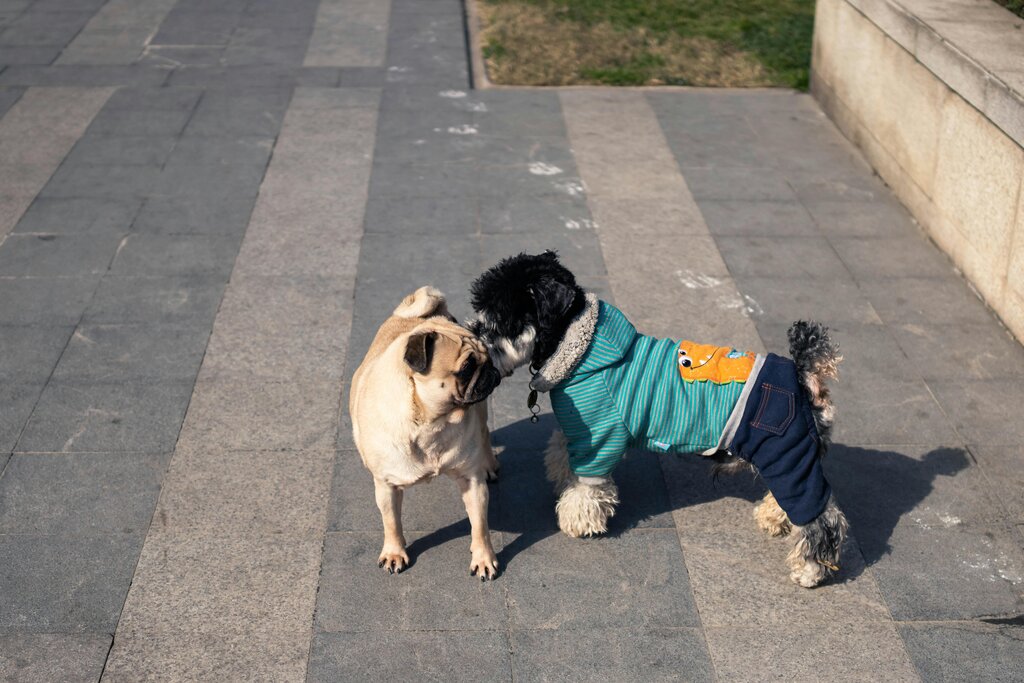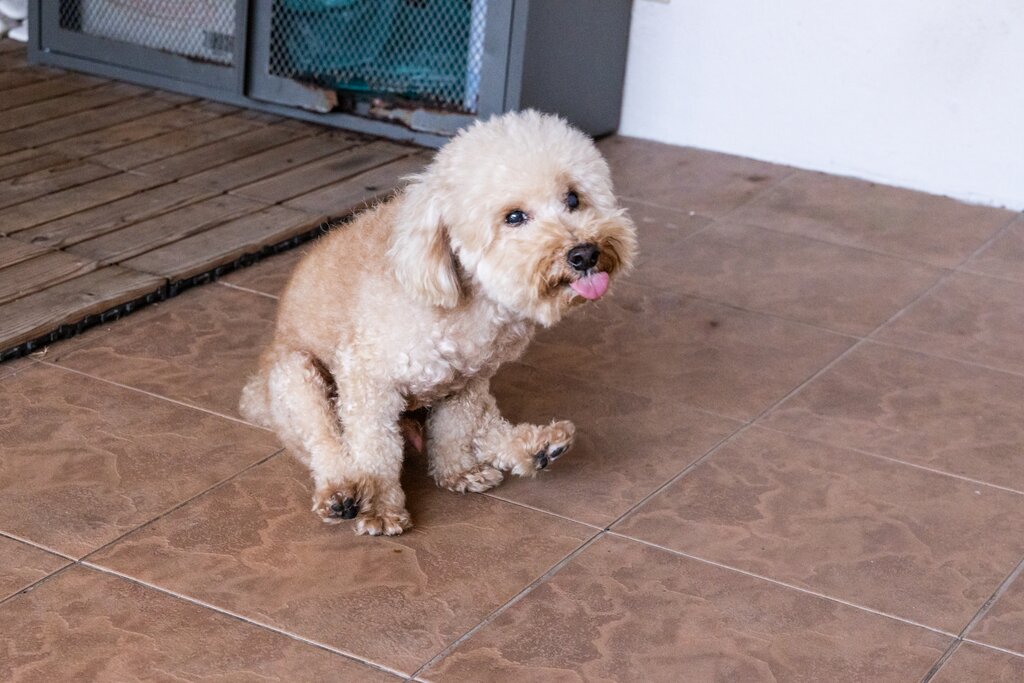Last Updated: 29/03/2025
Anal Gland Problems
Learn the causes, symptoms and management of anal gland problems in dogs in our vet authored guide.
Author: Dr Elise Barry BVSc (Hons)
Reading Time: 20 minutes - medium read
Last Updated: 29/03/2025
Learn the causes, symptoms and management of anal gland problems in dogs in our vet authored guide.
Author: Dr Elise Barry BVSc (Hons)
Reading Time: 20 minutes - medium read
Ever wondered why your dog loves to sniff another dog's back end? Well the answer is because of the anal sacs. Dogs have two special sacs found inside their bottom called the anal glands. These sacs contain a thick, oily and fishy-scented substance with a smell that is completely unique to your dog.
In conclusion, anal gland issues are a common problem in dogs, stemming from various causes like blockages, infections, and tumors. Recognizing symptoms such as scooting and strong odors is crucial for early intervention. While treatment options range from simple procedures to surgery, consulting a veterinarian is essential for proper diagnosis and care.
Want to read more? Check out our other articles:
Which Plants are Toxic to dogs?
Our experts continually monitor the health and wellness space and we update our articles when new information becomes available.
Veterinarian
Dr Elise graduated from the University of Sydney in 2007 and worked in mixed practice in the Central Tablelands before relocating to South East Queensland to work in small animal practice. Dr Elise has completed a diploma in wildlife management and furthered her studies in ophthalmology and animal behaviour. She enjoys helping pet owners to understand their pets and keep them happy and healthy.
In severe or frequently recurrent cases of anal gland disease, or where a tumour of the anal gland is suspected or has been diagnosed, surgery to remove the anal glands may be the most appropriate option. This surgery is not without risk though, so it is generally considered only when medical management has failed.

The substance produced by the anal glands serves an important function. The contents produced by these glands are regularly expelled when your dog defecates. They are specific to each individual dog and are influenced by their diet and hormone levels. This substance is a wealth of knowledge, whereby a dog can determine if they've met before, identify the other dog's sex, mood and even any illnesses they may be suffering from. So much information from one smelly substance!
The anal glands are also emptied and that wonderful fishy-scented substance is released when your dog is scared or very excited, similar to the defence mechanism utilised by the skunk. This is the reason behind smelling that pungent smell perhaps during car rides, thunder storms or even trips to the vet - any situation which causes your dog to be extremely excited, stressed or anxious.
A dog's anal glands should empty when they defecate - the stool pushes against the gland, expressing the secretions through the anal gland duct and into the rectum. This may not occur for a number of reasons.
The anal gland duct may become blocked due to thicker than normal secretions (often due to failure of the gland to empty normally), or anatomical factors such as an unusually small duct system. This may lead to inflammation and infection of the anal gland (the anal secretions sitting in the gland are a lovely place for bacteria to grow!).
Anal gland impaction occurs when the contents of the anal gland accumulate, and are not released normally from the gland. This can occur due to anal duct obstruction, gland inflammation, infection or anal gland tumours, as well as chronic diarrhoea, weakness in the anal muscles, obesity and constipation.
Anal gland inflammation and infection can occur with or without duct obstruction, including due to underlying medical conditions such as hormonal disease or allergic skin disease, or incorrect or too frequent manual expression of the glands.
Inflammation, infection and impaction can cause distension of the anal gland, leading to pain and potentially abcessation and rupture of the gland.
The most common type of anal gland cancer in dogs is anal sac adenocarcinoma, which can cause problems due to its potential to spread to nearby lymph nodes and other organs, as well as causing local discomfort due to distension and swelling. These tumors can also lead to hypercalcemia (elevated calcium levels in the blood), which can result in further complications like kidney damage..

The most common sign of anal gland issues is bum scooting. Dogs displaying this behaviour are attempting to relieve itching or discomfort around the anal area. Scooting is not always associated with anal gland issues. Other reasons for scooting include flea allergy, allergic skin disease or intestinal worms, particularly tapeworm.
Other common signs of anal gland problems in dogs include:
The treatment of anal gland issues depends on the cause, and stage of disease. Most anal gland issues can be managed medically, by manual expression, flushing of the anal glands, antibiotics and a dietary change. If your dog is showing any of the symptoms of anal gland issues, it is important to check in with your vet to determine the underlying cause, before attempting any home remedies.
To alleviate the irritation from impaction, the anal glands need to be manually expressed or emptied. Your vet clinic will be able to help with this, or even your groomer. Technique is important here, as incorrect expression can lead to further irritation and inflammation of the gland.
Depending on the cause and stage of your dog's anal gland disease, your vet may recommend a flush and lavage of the anal glands, antibiotics and/or pain relief. In cases of abscessation of the anal glands, they may need to be lanced and drained.
Adding more fibre to the diet either via a fibre supplement such as pumpkin, bran or psyllium husk, or a high fibre therapeutic veterinary diet may help to prevent impaction. The higher levels of fibre bulk up the stool volume and create greater compression of the rectal wall and anal glands as the stool passes by. This helps to express the anal glands naturally. Always check with your vet prior to feeding your pet a therapeutic vet diet.